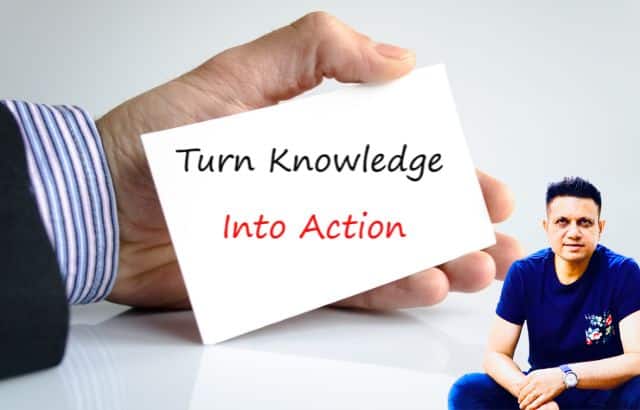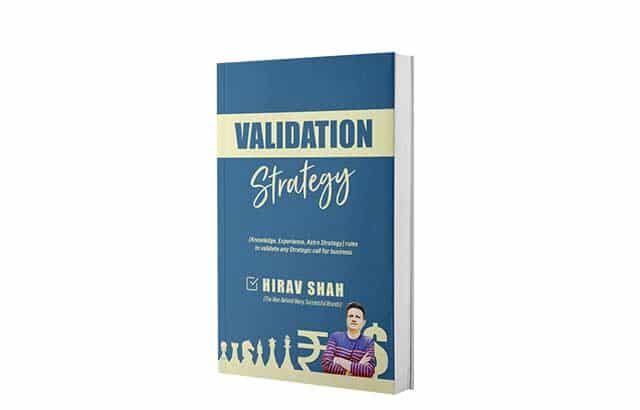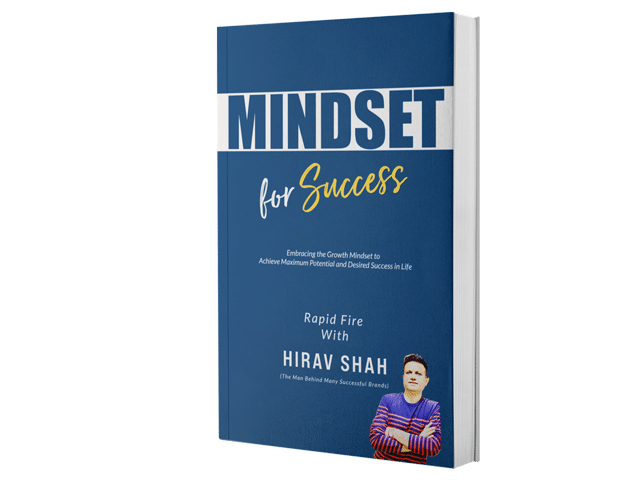Turning knowledge into action is a crucial step in transforming theoretical insights into tangible results. Whether you’re an entrepreneur, a professional, or simply someone with a wealth of ideas, the ability to effectively apply what you know can make a significant difference in achieving your goals. The process involves more than just having information—it’s about harnessing that information to drive decisions, solve problems, and create value.
To turn your knowledge into action, you need to adopt a strategic approach. This includes clearly defining your objectives, breaking down your knowledge into actionable steps, and developing a plan that aligns with your goals. It’s also important to stay adaptable and continuously refine your approach based on feedback and results. By following a structured process and leveraging the right tools and strategies, you can transform your knowledge into meaningful actions and achieve impactful outcomes.
Table of Contents
Explanation:
Many people are striving to improve their health in various ways. Some are focused on losing weight, while others aim to build muscle or enhance their physical strength. Additionally, there are those who are dealing with serious health conditions and seeking effective ways to manage or overcome them.
It’s a constant battle, and we try to fight this battle by going on social media and taking more and more information and knowledge, and there is absolutely no problem with that.
Renowned Business Enhancement Expert, Hirav Shah is more interested to know what you are doing with that knowledge. Everyone has something to say. Everyone has something to talk about that they have read, knowledge that they have gained, but very few people are putting it into action.
The point is when you know what you need to do for your health, for your relationships, for your career, for your business or your job…so what’s stopping you.
Steps to Put Your Knowledge Into Action
a. Recognize Your Strengths
Identity your strengths. Your top strengths.
It’s important to apply your strengths, in order to transfer what you have learned, into actionable steps. Put in your strengths to your SMART (smart, measurable, attainable, realistic, timely) goals and get ready to shine!

b. Reason Your ‘Why’

Figure out your ‘Why’… Yes.
It’s a mere wastage of time. Indeed. Even pertaining to businesses, learning without application is a waste of time when it comes to the ROI of the company.
While learning, you should ponder, “What’s the present problem you are trying to fix through your learning? What’s the ‘why’ behind what you need to learn?”

c. Trust Yourself
The best person to know you deep down is “you”. Value yourself.
Look for your true identity. Find out your self-worth. Just do these, if you are really struggling to grab hold of who you are from within. Don’t mask yourself. Stay genuine with yourself. It is not difficult to trust and accept yourself.

d. Improvement Yardstick
One more thing can be done once all of the above are being followed and that is to create improvement yardstick specific to a particular skill or information or knowledge for learning, since a new knowledge or information or skill isn’t considered to be learned, until it is practiced and implemented successfully. So, now you can know where you stand, and the metrics will help you judge your progress to improve…
FAQs on Knowledge to Action: Hirav Shah’s Perspective

How can I effectively transform ideas into actionable plans?
Answer: To transform ideas into actionable plans, start by clearly defining the idea and its objectives. Break the idea down into manageable tasks, set specific milestones, and create a timeline for each task. Regularly review and adjust the plan as needed to address any obstacles or new insights.
What are some strategies for turning innovative ideas into successful projects?
Answer: To turn innovative ideas into successful projects, focus on validating the idea through market research and feedback. Develop a prototype or pilot version to test feasibility, and use agile methodologies to iterate based on results. Building a strong team and securing adequate resources are also critical for success.
How can I measure the success of my idea implementation?
Answer: Success can be measured by setting clear, measurable objectives such as key performance indicators (KPIs), revenue growth, or user engagement. Regularly track progress against these metrics, and use both quantitative and qualitative feedback to assess the impact and effectiveness of the implementation.
What role does project management play in executing ideas effectively?
Answer: Project management plays a crucial role by providing a structured approach to planning, executing, and monitoring projects. It ensures that resources are allocated efficiently, timelines are adhered to, and potential risks are managed. Effective project management helps keep the project on track and aligns it with the strategic goals.
How can businesses foster a culture that supports idea generation and implementation?
Answer: Businesses can foster a supportive culture by encouraging open communication, rewarding creativity, and providing resources for experimentation. Creating a safe environment where employees feel comfortable sharing and testing new ideas is essential. Leadership should also model and support innovative thinking.
What are some common obstacles to turning ideas into results, and how can they be overcome?
Answer: Common obstacles include lack of clarity, insufficient resources, and resistance to change. These can be overcome by setting clear goals, securing necessary resources and support, and maintaining flexibility. Encouraging stakeholder buy-in and addressing concerns proactively can also help mitigate resistance.
How can technology help in the process of idea implementation?
Answer: Technology can aid idea implementation by providing tools for project management, data analysis, and collaboration. Software solutions can streamline processes, track progress, and facilitate communication among team members. Additionally, technology can offer insights through data analytics to refine and enhance the implementation process.
Bottom-line:

Why do you search for more complications when all you gotta do is put the fundamentals in place… And once you have the fundamentals in place, back it with discipline and consistency. It’s that simple. Simplicity over complication anytime…you don’t need more complication.
“Move to action. Move to massive action. You just need action and consistency. Put Your Knowledge Into Action “- Concludes Hirav Shah, The Most Renowned Business Transformation Leader of the Country.














